Davos: Union Minister for Railways, Information & Broadcasting, and Electronics & Information Technology, Ashwini Vaishnaw, addressed critical economic and technological factors about India at the Davos 2025.
In his detailed discussion, he outlined India’s economic strategies, its positioning in the global semiconductor and AI ecosystems, and the transformative policies underpinning these ambitions.
Economic Outlook and Growth Prospects
Reflecting on the economic slowdown observed in the second quarter of the fiscal year, Vaishnaw attributed the dip to a mix of factors including monetary policy, elections, and adverse monsoon conditions.
“India has a very well thought through economic strategy at this time which is based on four pillars – 1. public investment in social, physical and digital infrastructure, 2. Focus on technology, manufacturing and innovation, 3. Inclusive growth and 4. Simplification.”
While explaining these factors he stated that in the budget of 2021, the country began with $40 billion and the current financial year’s budget is $125 billion, which goes into the infrastructure—electrification of railways, increasing the number of airports and ports, 5G rollout, optical fibre connection, the establishment of universities.
While speaking about the second pillar, Vaishnaw said today India has 130 thousand startups and 120+ unicorns. “We have also seen how much focus on manufacturing has given us good results…in today’s time $120 billion worth of electronics manufacturing [across the sectors],” he noted.
In terms of inclusive growth, the minister pointed out that over 500 million bank accounts have been opened, making those people part of the formal financial sector who didn’t have access to banking. “Also 130 million households received the tap water connection. 110 million people are getting cooking gas connections,” he added.
“Over 1000 laws have been removed… and many of the sectors like telecom sector was run by a vintage law, 2023 law is now in place,” said Vaishnaw.
He emphasized that the Reserve Bank of India (RBI) has been tightening liquidity as part of its inflation-targeting mandate, which impacted certain construction sectors.
However, he expressed optimism about India’s growth trajectory, stating, “There is a 6 to 8 per cent consistent growth over many years and inflation will remain moderate… we can look at the nominal growth of 10 to 14 per cent in the coming years.”
India’s Edge in Global Business
Vaishnaw highlighted India’s unique proposition for global corporations, framing it within the context of trust, talent, and design capabilities. “India has an abundance of talent,” he remarked, noting that nearly 2,000 Global Capability Centers (GCCs) are already engaged in advanced design operations.
He attributed the growing trust in India’s capabilities to Prime Minister Narendra Modi’s economic and foreign policy efforts over the past decade. “The world today trusts India,” he asserted, emphasizing the shift in both supply and value chains toward the country.
Semiconductors: India’s Leap Toward Global Leadership
On semiconductor manufacturing, Vaishnaw expressed confidence that India is poised to become one of the top three global destinations for semiconductors in the coming years.
“People now want to manufacture semiconductors in India, they see India as one of the top three destinations for semiconductors in the coming years and the base is already set,” he said, reflecting on the government’s focus on building infrastructure, fostering innovation, and enabling a skilled workforce to support the semiconductor industry.
It should be noted that India is already witnessing progress in the semiconductor sector with already-approved units and projects in the pipeline across the country.
For example, the approved units include:
- Micron Technology’s semiconductor unit in Gujarat’s Sanand.
- Tata Electronics Private Limited’s (TEPL) semiconductor fab in Gujarat’s Dholera (in partnership with Taiwan’s Powerchip Semiconductor Manufacturing Corp).
- Tata Semiconductor Assembly and Test Pvt Ltd in Morigaon, Assam.
- An ATMP unit in Sanand by CG Power, in partnership with Japan’s Renesas Electronics Corporation and Thailand’s Stars Microelectronics.
- Kaynes Semicon’s Sanand OSAT facility.
AI Skilling and Industry Readiness
Vaishnaw underscored the importance of India positioning itself as the “use case capital” for artificial intelligence. With AI models increasingly becoming commoditized, he suggested that India should focus on creating applications and agents that cater to global industries. He expressed confidence that India could replicate its success in IT services within the AI ecosystem, emerging as a leader in AI services.
Vaishnaw highlighted the government’s aggressive focus on skilling in AI and emerging technologies. The target, he revealed, is to prepare at least 1 million individuals with AI tools and skills to develop applications and use cases.
He pointed to initiatives such as 5G labs in 100 universities and the provision of advanced Electronic Design Automation (EDA) tools to 240 universities for semiconductor design as examples of this effort.
“The course curriculum is getting fully aligned with what the industry wants,” he said, adding that this multi-tiered skilling approach is already yielding visible results.
Manufacturing and Services
In his concluding remarks, Vaishnaw advocated for an integrated approach to economic growth that balances manufacturing and services.
“There has to be manufacturing ‘and’ services; it cannot be manufacturing ‘or’ services,” he stressed, dismissing notions that India cannot pursue a manufacturing-led growth model alongside its established services sector.
Tariff Simplification and Export-Led Growth
Addressing trade tariffs and protectionism, Vaishnaw said, “simplification of tariffs is one of the major agenda of the government”, explaining the government’s calibrated approach to fostering growth while maintaining essential safeguards. He emphasized the transition from an import-substitution mindset to an export-led growth strategy for several sectors.
“In the case of electronics manufacturing, 99.1 per cent of mobile phones that we use in our country are today manufactured in India and from here the growth strategy has to change… Now we are looking at ‘Make in India, Make for the World,’” he said, citing industries like pharmaceuticals, chemicals, and garments as examples of this shift.
Vaishnaw acknowledged ongoing efforts to simplify customs laws and structures, which have significantly benefited domestic manufacturing and global supply chains, while highlighting that taking a ‘calibrated approach’ would be more practical instead of some theoretical approach.
A Pragmatic Vision for the Future
Vaishnaw’s statements at Davos 2025 reflect India’s pragmatic approach to achieving sustained economic growth, leveraging its talent pool, and carving a niche in global semiconductor and AI ecosystems. With a focus on trust, innovation, and skilling, India is positioning itself as a reliable partner in global supply chains and a hub for technological advancement.
Through policy continuity, strategic investments, and collaborative frameworks, India is building a robust foundation for its next phase of economic and technological transformation.





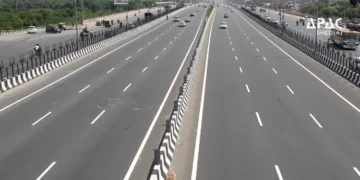
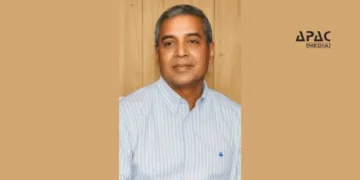

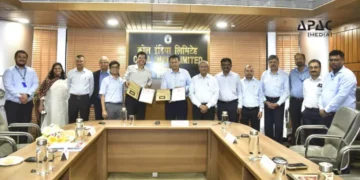


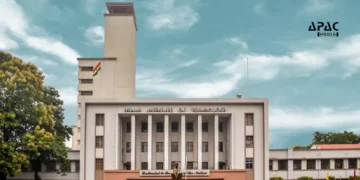
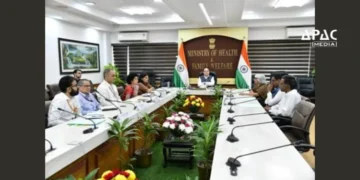


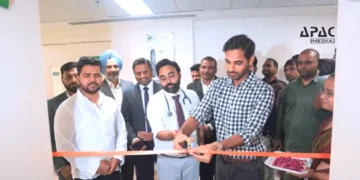



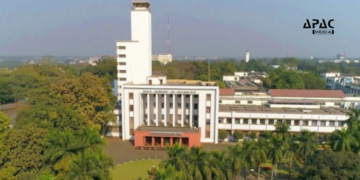
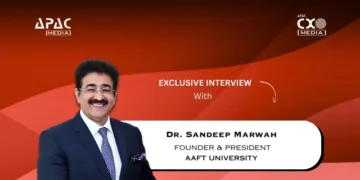
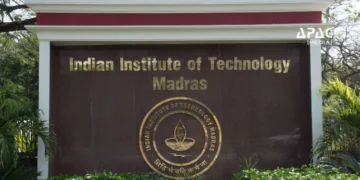
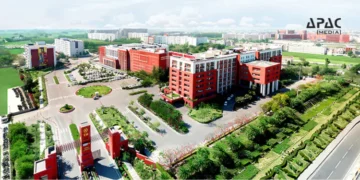
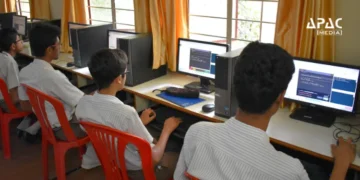
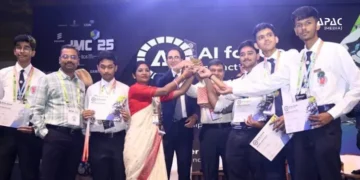
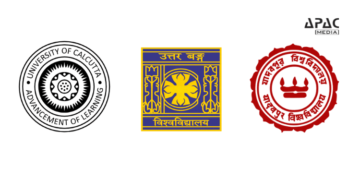

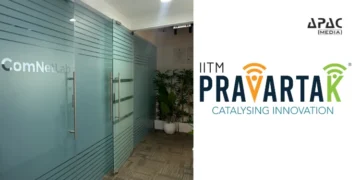

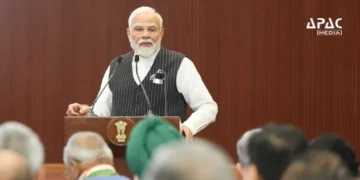

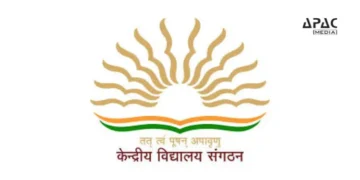

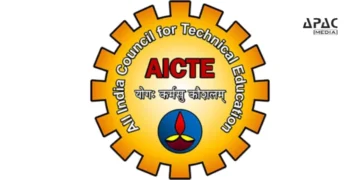

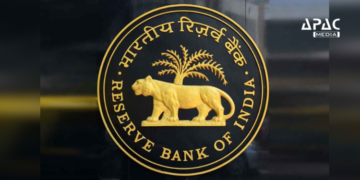
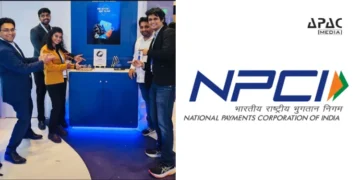




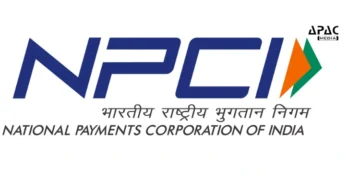
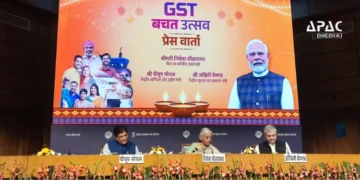
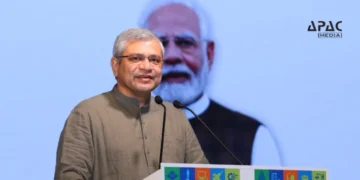
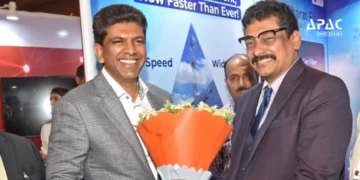

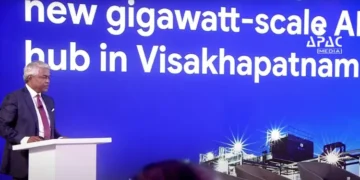
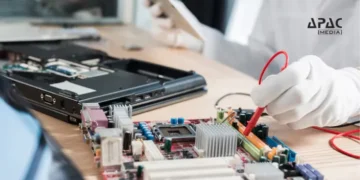




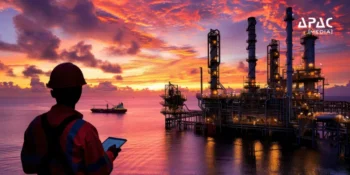
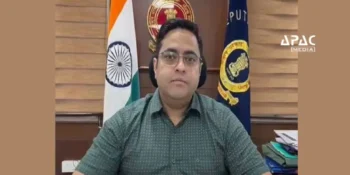

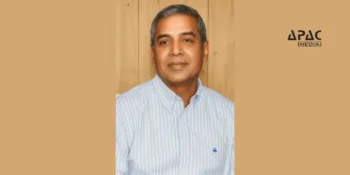







Discussion about this post